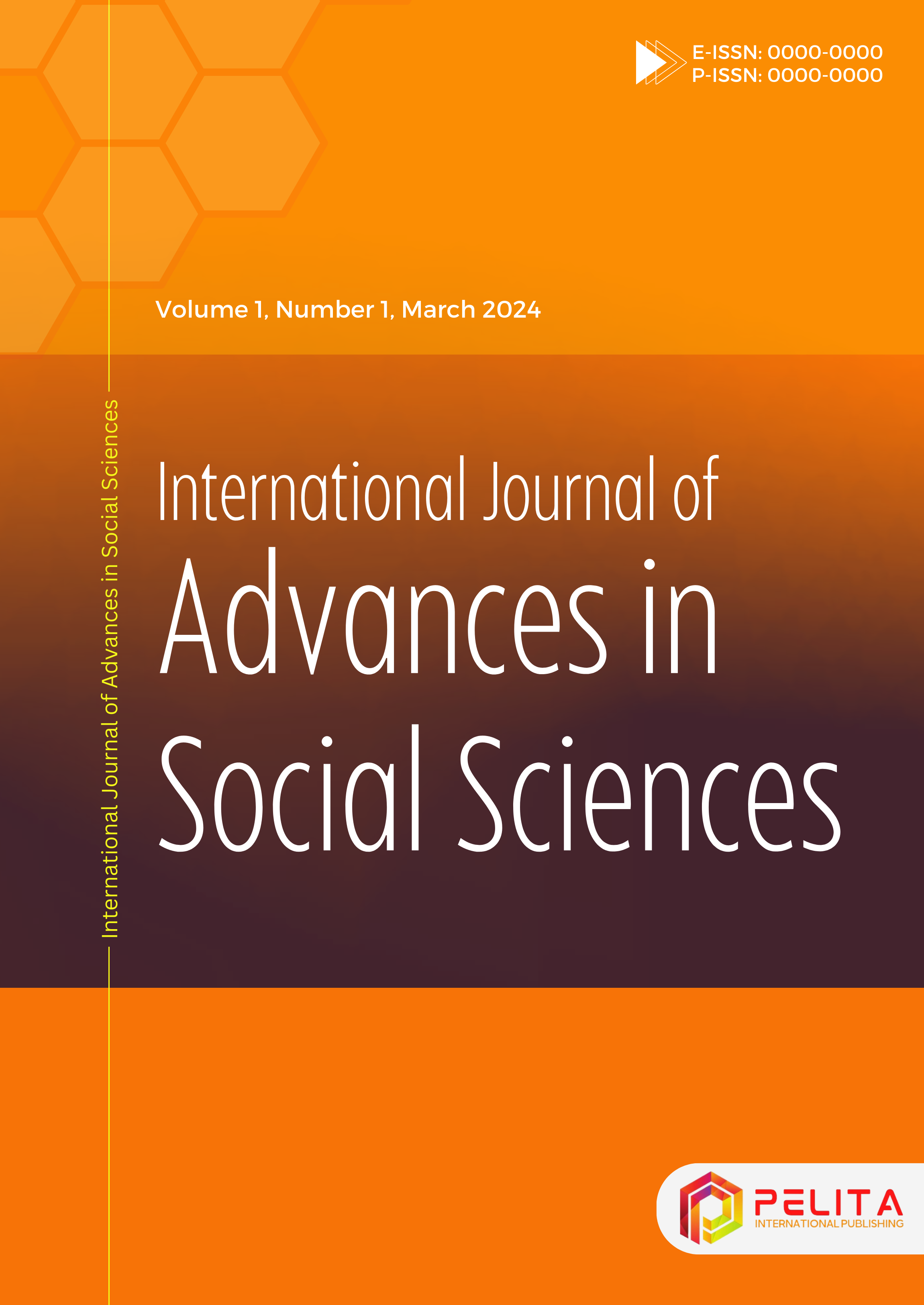Acehnese’s language attitude
Main Article Content
Fajrinur
Ivvon Septina Bella
Rahmati
This qualitative study focused on understanding an 85-year-old female and a 16-year-old male's attitudes toward the Acehnese language and Indonesian language and whether youngsters and Acehnese used by elders use a gap between Acehnese. Data collected through interviews were analysed using a framework of three categories: language use, expression of language identity and efforts to revitalize Acehnese. The grandmother has a positive language attitude toward Acehnese, proving that she proudly uses Acehnese in her everyday life. She believes that Acehnese is part of her identity. She said that she has a negative attitude toward the Indonesian language, which seems to change gradually. To revitalize Acehnese, she intentionally uses several forms of language expression, such as idiom and Acehnese term. The grandson also considered himself an Acehnese people even though he rarely speaks Acehnese. He rarely speaks Acehnese because his community, like school and friends, uses Indonesian. However, the younger and elder generations believe they are still Acehnese people. Data from the interview was insufficient to define whether the grandson used a gap between Acehnese and Acehnese used the grandmother. However, a lot of confusion and misunderstanding happens in the conversation.
Alamsyah, T., Taib, R., Azwardi, & Idham, M. (2011). Pemilihan Bahasa Indonesia sebagai bahasa pertama anak dalam keluarga masyarakat Aceh penutur Bahasa Aceh di Nanggroe Aceh Darussalam. Jurnal Pendidikan Bahasa Melayu, 1(2), 31–44.
Ajzen, I. (2005). Attitudes, personality and behavior. Maidenhead: Open University Press.
Aziz, Z. A., Yusuf, Y. Q., & Aulia, N. (2021). Acehnese attitudes towards their heritage language: A qualitative, inter-generational study. The Qualitative Report, 26(8), 2631-2647. https://doi.org/10.46743/2160-3715/2021.4830
Baker, C. (1992). Attitudes and Language. Clevedon: Multilingual matters.
Choi, J. K. (2003). Language attitudes and the future bilingualism: the case of Paraguay. International Journal of Bilingual Education and Bilingualism, 6(2), 81-94.
Crystal, D. (1997). A dictionary of linguistics and phonetics (4th ed.). Blackwell
Fakhrurrazi, F. (2016). Attitudes of indigenous Acehnese people towards their vernacular 2646 The Qualitative Report 2021 maintenance in Langsa. Journal of Linguistics, Literature & Language Teaching, 2(2), 124–146.
Fromkin, V., Rodman, R., & Hyams, N. (2018). An Introduction to Language (11th ed.). Cengage.
Garrett, P. (2010). Attitudes to language in key topics in sociolinguistics. Cambridge University Press.
Holmes, J. (2013). An introduction to sociolinguistics (4th ed.). Routledge.
Kansikas, M. (2002). “As many men, so many minds”: A study on attitudes towards foreign language in Finland [Unpublished master’s thesis]. University of Jyväskylä, Jyväskylä.
Klerk, V. D., & Bosch, B. (1994). Language attitudes in the Eastern Cape: A tri-lingual survey. South African Journal of Linguistics, 12(2), 50–59.
Lao, C. (2004). Parents' attitudes toward Chinese-English Bilingual education and Chinese-language use. 28(1), 99-121.
Pauwels, A. (2005). Maintaining the community language in Australia: Challenges and Roles for Families. International Journal of Bilingual Education and Bilingualism, 8(2), 124-131.
Suek, L. A. (2014). The Influence of Language Use and Language Attitude on the Maintenance of Community Languages Spoken By Migrant Students. Englisia, 1(2), 297-30.
Yusuf, Q. Y, (2009). A Case Study on Infant Bilingual Acquisition. Modern journal of applied linguistics, 1, 303-331.
Yusuf, Y. Q., Pillai, S., & Ali, N. T. A. M. (2012). Speaking Acehnese in Malaysia. Language and Communication, 33(1), 50–60.
%20(5).png?updatedAt=1719633367602)











